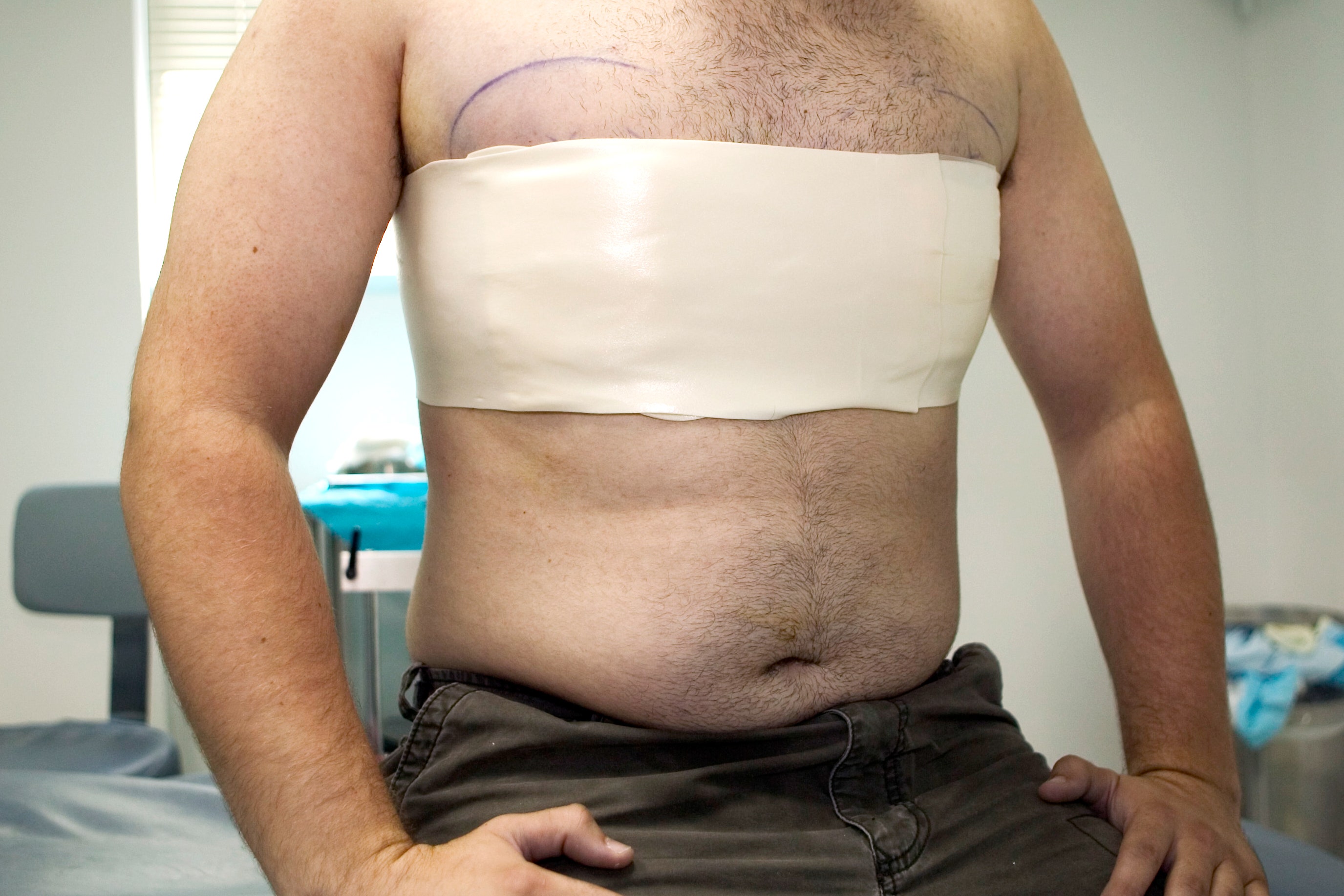
Botox in the bladder is often questioned by people. Many of them suffer from neurogenic bladder or overactive detrusor muscles. It can be difficult for people to find accurate information on the subject. This article will explain the benefits and the costs of the treatment. Also, we'll discuss what you should expect when you go in for a Botox bladder treatment. This information is hoped to be helpful.
Botulinum toxin
OAB is best treated with one dose. However studies have shown that patients can benefit from repeated treatments. For example, the researchers at Denys et al. Patients who did not respond to the initial treatment for neurogenic bladder had their performance improve with repeated treatments. Refractory symptoms are not associated with repeated Botulinum Toxin treatments.

Neurogenic bladder
Neurogenic bladder refers the various disorders of sphincters, bladder and kidneys that cause high levels intravesical pressure when voiding and storage. The main objectives of urological care for neurogenic bladder are to prevent potential complications in the urinary tract and improve continence for older patients and children. This article will cover the current use of botulinumtoxin to treat neurogenic bladder problems in children. This therapy offers a promising alternative for surgery and other treatments.
Neurogenic detrusor and overactivity
Botulinumtoxin A (Botox), a Botulinum toxin A, is being increasingly used for neurogenic detrusor overload (NDOA). This form of urinary dysfunction refracts against antimuscarinic medication. Our results compared the efficacy of BoNTA to treat adult neurogenic dtrusor overactivity.
Cost of treatment
Botox in the bladder can be performed outpatient. It is relatively cost-effective. Botox bladder treatments cost around $500. A doctor will do a urine exam to make sure that the bladder isn't inflamed. The doctor will then administer Botox to you once the doctor has cleared the procedure. The procedure will numb the bladder and urethra. The Botox will take between 20 and 30 minutes to fully kick in.

Side effects
Patients should expect temporary side effects after a botox injection into the bladder. There may be blood in the urine and burning when you urinate. In the event of urinary retention following surgery, temporary catheterization will be required. One to two weeks following the procedure, you will need to return for a follow-up appointment. Your doctor might prescribe antibiotics to treat any further urinary retention that may occur after the Botox injection. However, the procedure can have side effects.